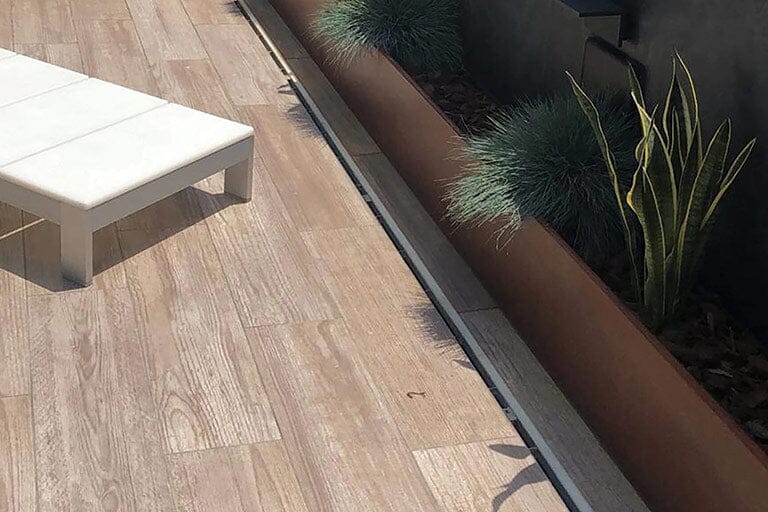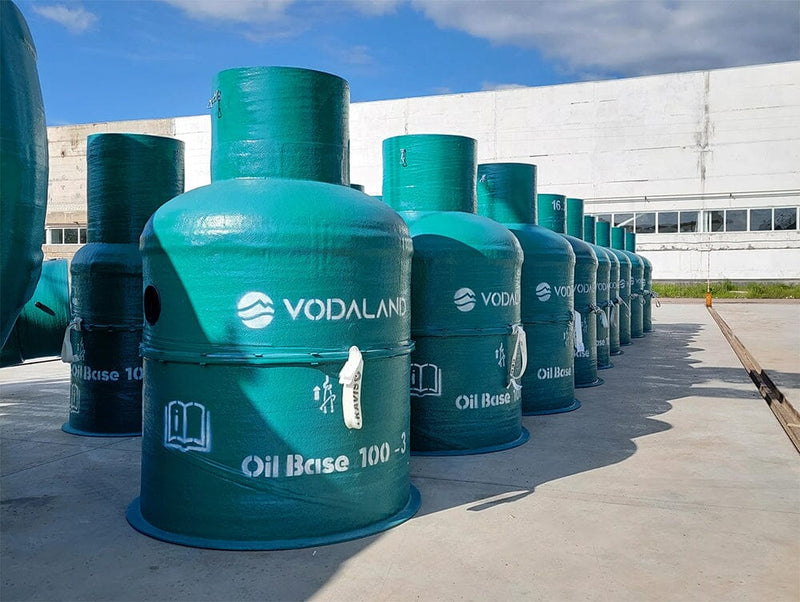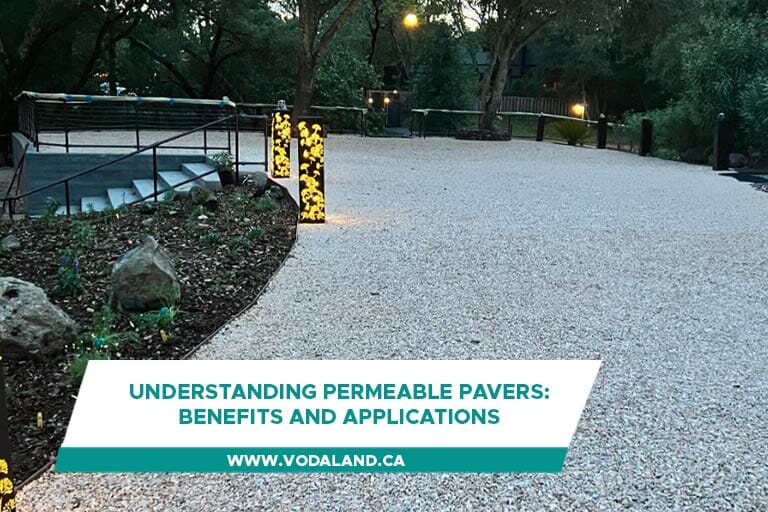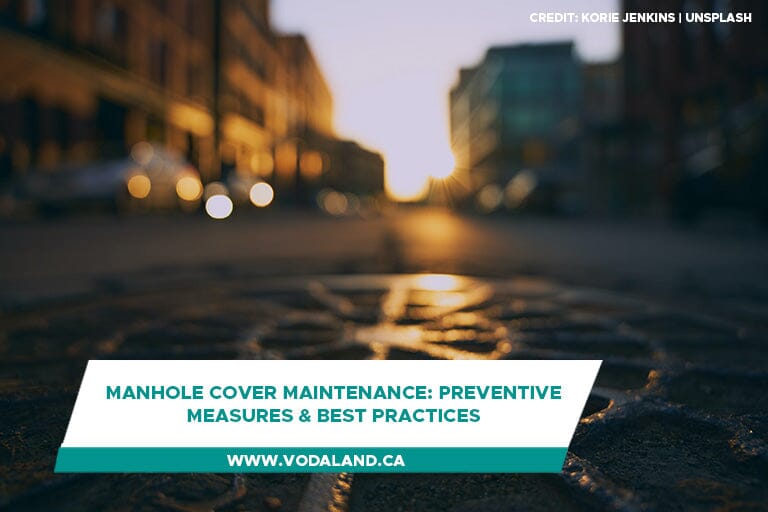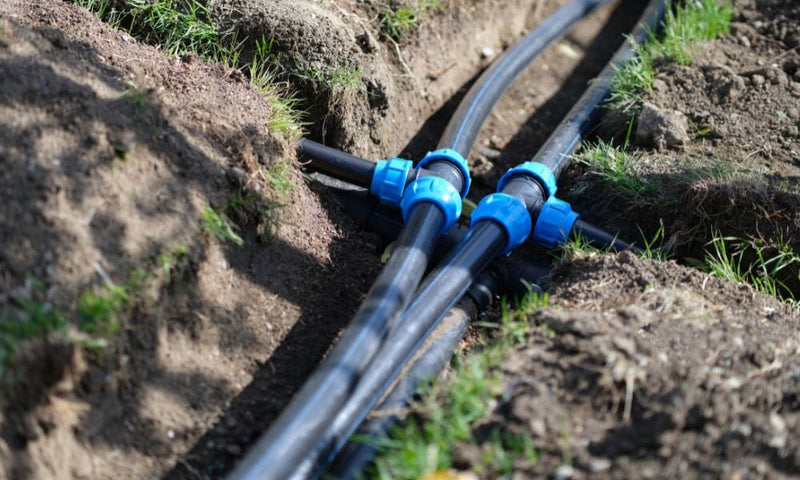Tips for Identifying Landscape Drainage Issues
-
20/04/21
-
Vodaland Canada
You’ll never forget the day you went down to the basement after you moved into your new house and discovered that a river runs through it. Finding out where that water is coming from and fixing it is critical to maintaining the integrity of your home and the beauty of your landscape. To get started, check out these tips for identifying landscape drainage issues.
Persistent Puddles
Puddles that last many days after the most recent rain signal a drainage problem. Water may collect at a low point in your landscape, or the ground may simply be so saturated that the water has no place else to go. Standing water attracts insects and other pests. A properly devised drainage system with a catch basin drain to sift debris combined with piping to carry water away from the yard is a possible solution.
Soggy Spots and Super Growth
The ground can still be holding too much water even though puddles don’t appear on the surface. If muddy footprints appear every time you cross the lawn, and your hardscapes, like walks, driveways, and patios, are always muddy, you may have a drainage issue in the landscape. If each time you mow the lawn, ruts appear and stay, leaving unsightly tracks, your yard is too wet.
Some grasses, shrubs, and trees may love your soggy mess of a lawn, and they show it by growing disproportionately to vegetation in other areas of the year. Your problem could simply be a high water table—the depth underground at which the earth is completely saturated with water. Call a drainage specialist for advice.
Walls With Waterfalls
Clogged gutters will overflow, sending water over their edges and right to the ground next to your house, where it sinks down and seeps into your foundation. Keeping gutters clear is essential to maintaining proper drainage around the home.
Dinky Downspouts
Your efforts to keep gutters clear and functioning correctly will be thwarted by downspouts that terminate right next to the house, sending water gushing into the soil surrounding the foundation. Downspout extenders are inexpensive and can carry the water well away from the underground basement walls.
Mulch That Meanders
If you find that, after you’ve gone to considerable trouble to mulch and beautify your flowerbeds, the mulch forms up into a stream and travels out of the bed and onto walkways or into the yard, then you have a drainage problem. Mulch helps retain moisture for landscape plants, but it can’t do any good if it floats away. Either the soil is too compacted to absorb water, or some other issue is causing water to create gullies as it finds its way off your property, carrying mulch and soil with it, eroding your landscape.
The good news is that identifying a drainage problem is your first step toward fixing it. French drains, trench drains, and catch basins can all help mitigate drainage issues.







